The Significance of Acting Promptly
Imagine this: you walk into your cozy space adorned with lush, green fiddle leaf figs, only to spot unsightly brown spots on the leaves. What do you do? Act promptly! The key to maintaining the vibrancy of your plants is addressing these spots swiftly. By understanding the root causes and their solutions, you’ll be better equipped to save your fiddle leaf fig from further damage.
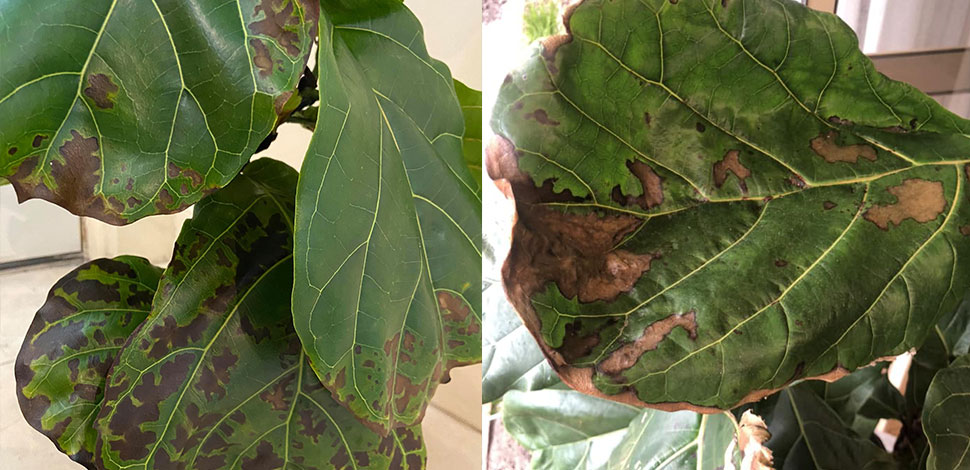
The Four Primary Causes of Brown Spots
Root Rot: The Common Culprit
Root rot, the frequent antagonist in the fiddle leaf fig’s story, is often to blame for those disheartening brown spots. The roots, essential for absorbing nutrients and water, can become waterlogged due to over-watering or inadequate drainage. This creates a breeding ground for fungi and bacteria, resulting in brown spots that gradually spread across the leaves.
Insects: Pests that Trigger Spots
Tiny invaders can also be the cause of brown spots. Insects, such as spider mites and mealybugs, feast on your plant’s sap, leaving behind not only brown spots but also holes in the leaves. If you spot crawling critters, webs, or holes, it’s time to wage war against these pests to preserve your plant’s health.
Sunburn: Light Tan Spots as a Consequence
The allure of the great outdoors can lead to unintended consequences. Subjecting your indoor-adapted fiddle leaf fig to direct sunlight, especially during scorching afternoons, can result in sunburn. These spots are distinct, appearing as light tan blemishes on the leaf’s surface. Removing your plant from the sun and pruning affected leaves are your best course of action.
Bacterial Infection: Spread of Light Brown Spots
Bacterial infections also join the lineup of brown spot instigators. These infections manifest as light brown spots that spread throughout the leaves, often starting at the edges. While the appearance differs from fungal root rot, the treatment approach remains consistent.
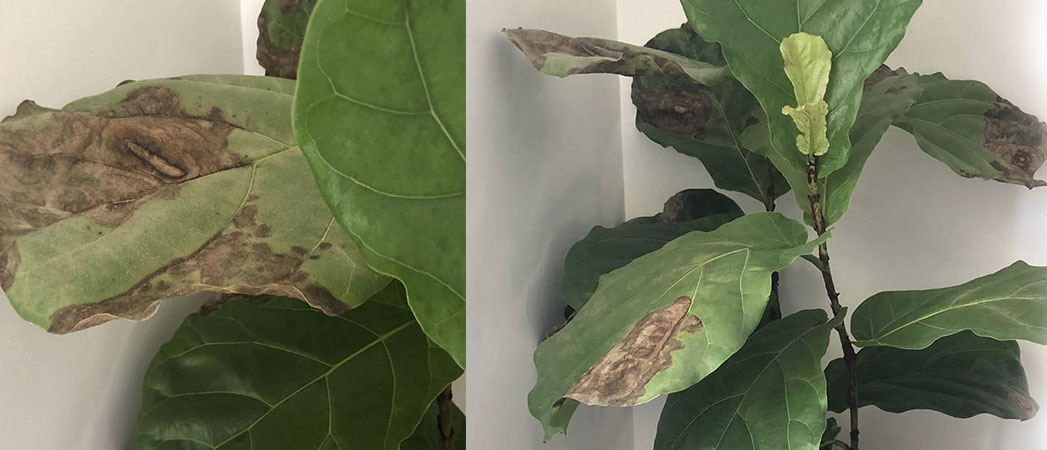
Distinguishing Between Root Rot and Sunburn Spots
Distinguishing between root rot and sunburn spots is essential for effective treatment. Fungal root rot’s dark, almost black, spots tend to follow the veins and appear at the base of the plant. Conversely, bacterial infection results in lighter brown spots that extend from the edges. Identifying these nuances helps tailor your response.
Treating Root Rot
Identifying Fungal and Bacterial Infections
Spotting the type of infection isn’t always straightforward, but the treatment approach remains consistent. Whether your plant suffers from fungal or bacterial infection, the steps to recovery are similar. Correcting the underlying issues and enhancing drainage are key components.
Correcting Poor Drainage and Over-Watering
Addressing the root causes is paramount. Ensuring proper drainage, using well-draining soil, and moderating your watering routine are steps towards a healthier fiddle leaf fig. By striking the right balance, you create an environment where root rot struggles to thrive.
Re-potting for Recovery
For severe cases, re-potting becomes a necessity. Choose a container with excellent drainage and fast-draining soil. Transplant your fiddle leaf fig, gently trimming damaged roots in the process. This rejuvenating step kickstarts the healing process.
Pruning Damaged Leaves: A Vital Step
Removing damaged leaves is crucial for the plant’s vitality. Snip off severely affected leaves, ensuring you don’t overwhelm the plant. A conservative approach prevents undue stress and supports gradual recovery.
Managing Sunburn Effects
Recognizing Sunburned Leaves
The allure of outdoor exposure can lead to unfortunate sunburn. Light tan spots, distinguishable from root rot’s darker hues, are a telltale sign. The tops of the leaves are usually affected, with lower leaves remaining untouched.
Remedies and Preventive Measures
The remedy for sunburn is simple: relocate your plant to a shadier spot. Prune affected leaves and monitor your plant’s reaction. As a preventive measure, acclimate your indoor plants gradually to outdoor conditions to avoid the shock of direct sunlight.
FAQs
1. Can I save a fiddle leaf fig with severe root rot?
Yes, with prompt action, you can rescue a fiddle leaf fig suffering from severe root rot. Identifying the issue, re-potting with well-draining soil, and removing damaged leaves are essential steps.
2. How do I prevent sunburn on my fiddle leaf fig?
To prevent sunburn, acclimate your fiddle leaf fig gradually to outdoor conditions. Avoid exposing it to intense sunlight, especially during peak hours.
3. Are there natural ways to deal with insect infestations?
Absolutely! Neem oil, insecticidal soap, and homemade remedies like a mild soap and water solution can help combat insect infestations.
4. What's the ideal watering routine for fiddle leaf figs?
Allow the top inch or so of soil to dry out before watering your fiddle leaf fig. Stick your finger in the soil – if it’s dry, it’s time to water.


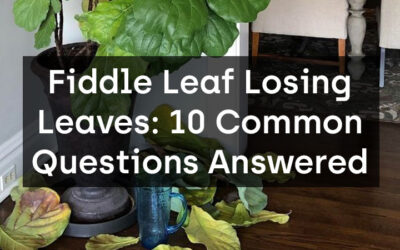


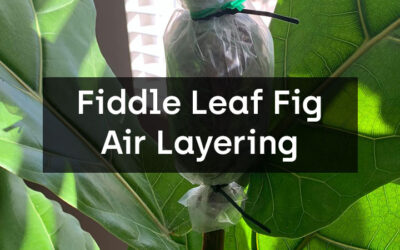
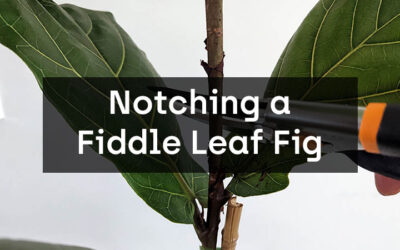
0 Comments